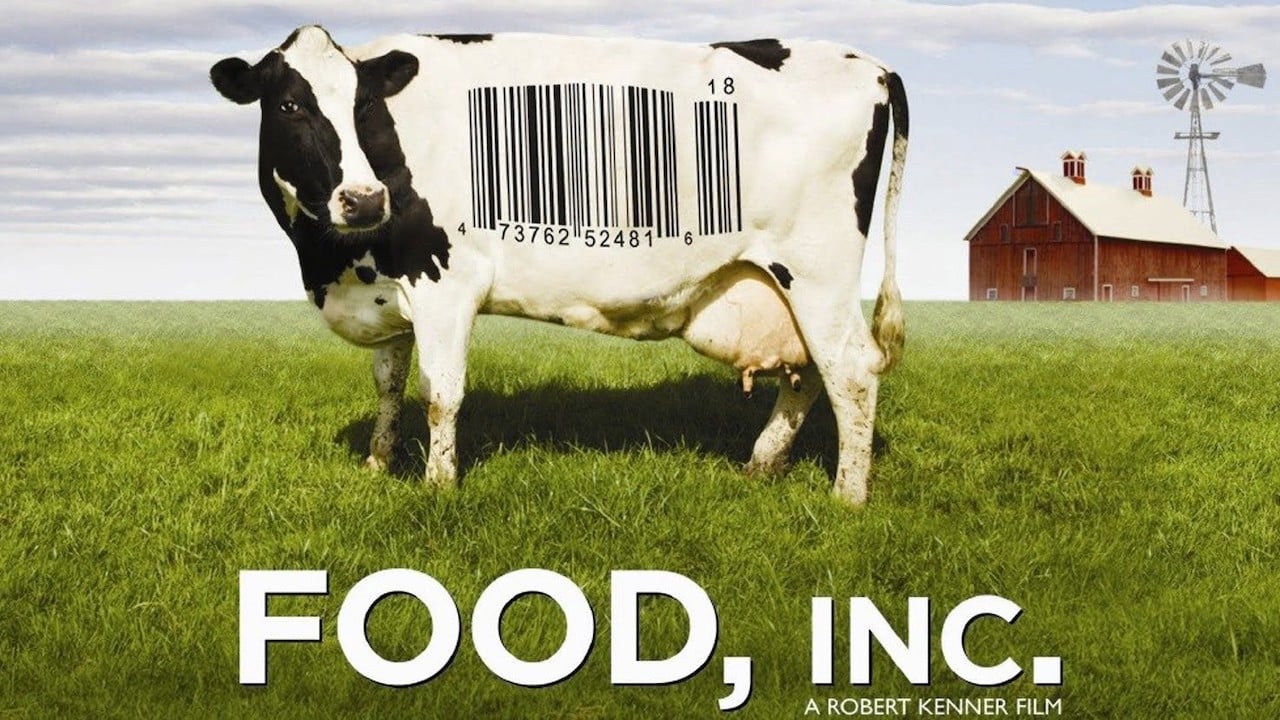Food, Inc.
Food, Inc. lifts the veil on America’s food industry, revealing the hidden realities of food production in the United States. Directed by Robert Kenner, it takes a critical look at the corporatization of the food system and its impact on farmers, consumers, and the environment.
The documentary is structured in three parts, each focusing on different aspects of the food production system. The first segment examines the industrial production of meat, including chicken, beef, and pork. It showcases the stark differences between traditional farming methods and modern industrial practices, highlighting the often cruel treatment of both animals and farmers. It tells the story of Carole Morison, a Perdue farmer who reveals the harsh realities of chicken farming, including high mortality rates and crippling debt.
The second part focuses on crop production, particularly corn and soybeans. It explains how government subsidies have led to an overproduction of corn, which is then used in a myriad of food products and as feed for livestock. It argues that this corn-based diet for cattle has led to the emergence of new strains of E. coli, posing significant health risks to consumers. The story of Moe Parr, a farmer struggling against the practices of agricultural giant Monsanto, illustrates the challenges faced by independent farmers in this system.
The final segment examines the legal and governmental aspects of food production. It highlights the revolving door between regulatory agencies and major food companies, raising questions about the effectiveness of food safety regulations. It tells the tragic story of two-year-old Kevin, who died after eating a hamburger contaminated with E. coli, and follows his mother’s subsequent lobbying efforts for stricter food safety laws.
Throughout, the consolidation of the food industry is a recurring theme. It points out that a handful of corporations now control the majority of the food market, with four companies controlling 80% of the beef packing industry, compared to just 25% in the 1970s. This concentration of power, the film argues, has led to a system that prioritizes profit over consumer health, farmer livelihoods, worker safety, and environmental protection.
The documentary also touches on the socioeconomic aspects of food production and consumption. It illustrates how the current system makes unhealthy food cheaper and more accessible than nutritious options, contributing to rising rates of obesity and diabetes, particularly among lower-income populations.
By presenting these interconnected issues, the film paints a picture of a food system that prioritizes profit and efficiency over health, sustainability, and ethical considerations. It challenges the notion that the current industrial model of food production is the only way to feed a growing population, suggesting that alternative methods, such as organic farming and local food systems, could provide healthier and more sustainable options.










